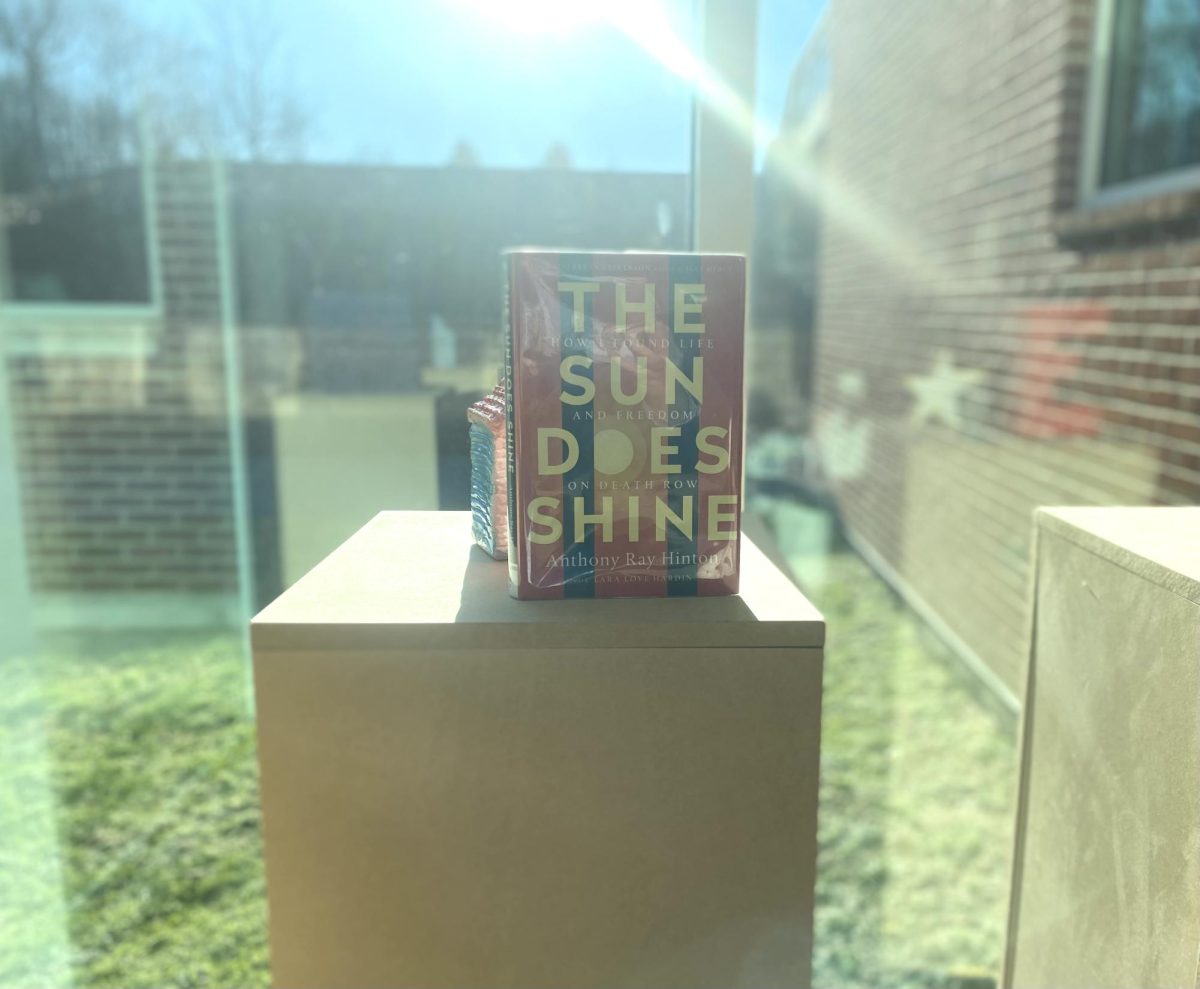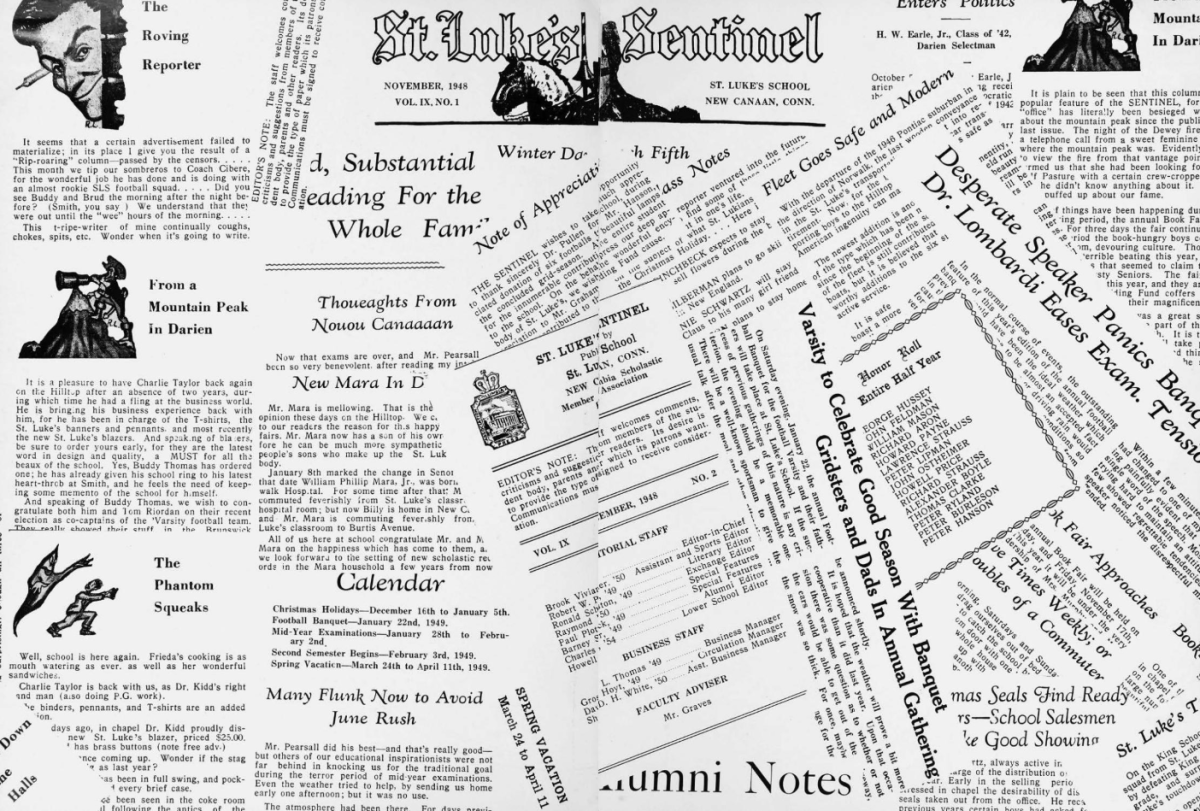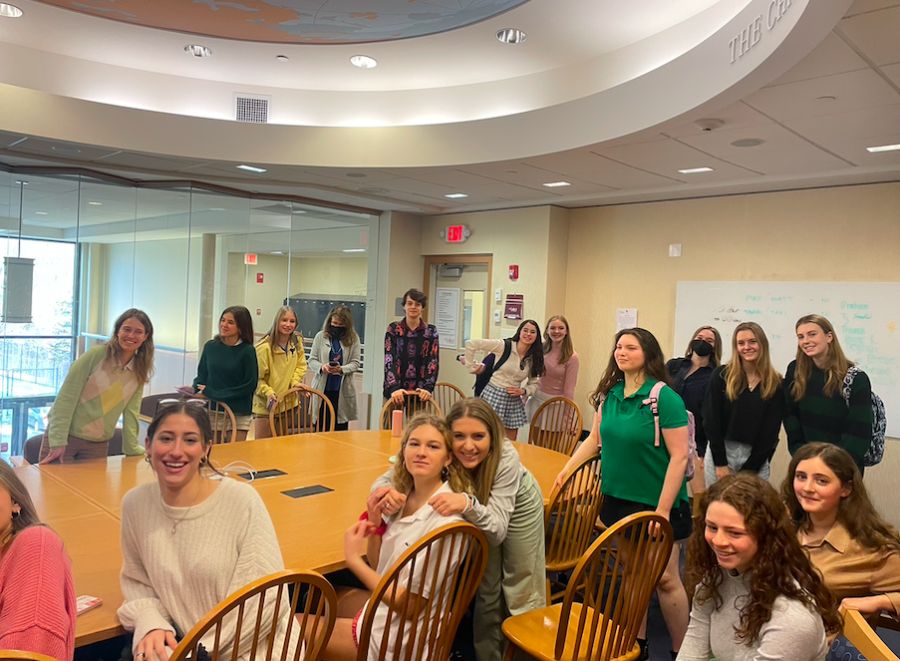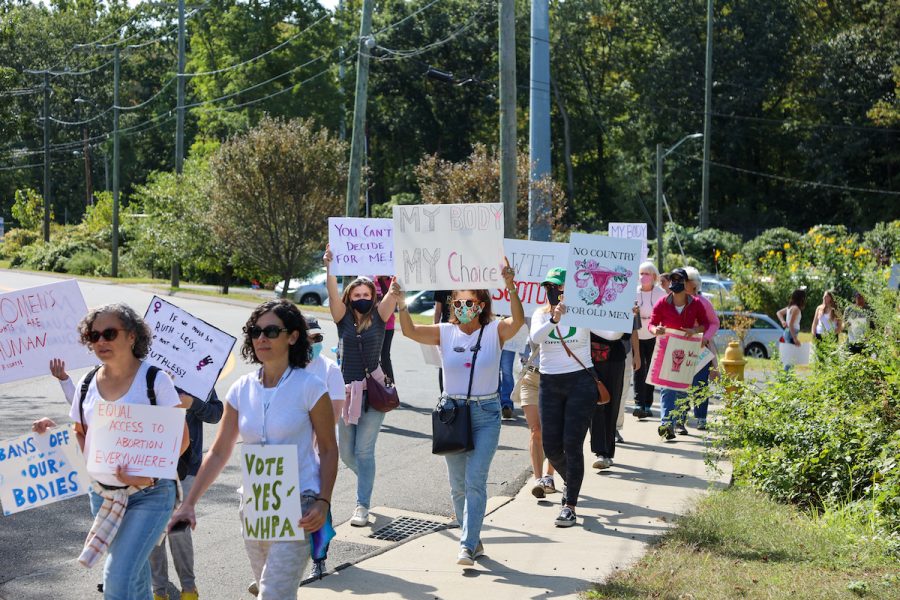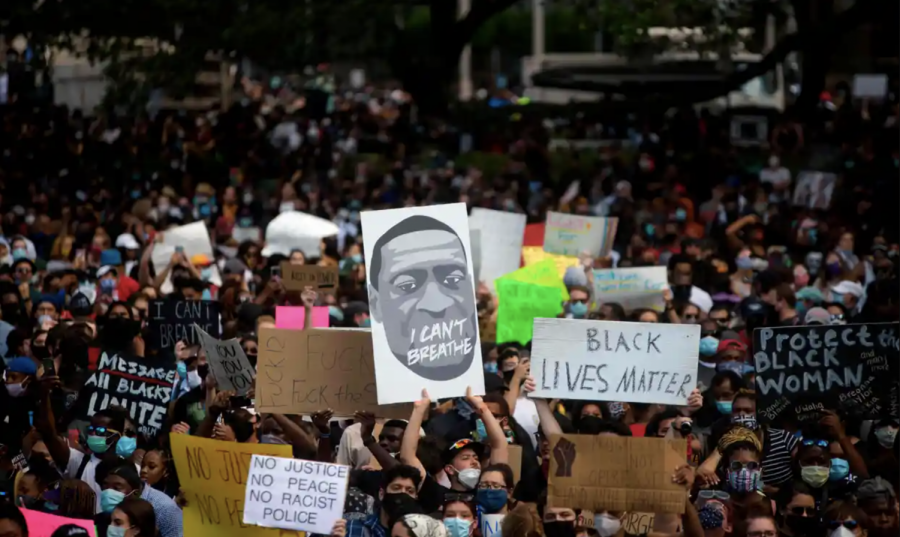Just over five years ago, St. Luke’s invited Anthony Ray Hinton – famous author and former death row inmate- to visit and share his story of wrongful conviction. Hinton was on death row for 28 years, maintaining his claim of innocence throughout this time there. In his book, he describes watching the people he lived and built relationships with walk past his cell to their deaths. Finally, Bryan Stevenson of the Equal Justice Initiative agreed to help him. Stevenson worked tirelessly until Hinton walked free. According to the Equal Justice Initiative, Mr. Stevenson has set over 140 wrongly convicted people free off of death row. Now, articles are published every day that bring to light more controversies around the death penalty, especially those surrounding inequality within the legal system.
Anthony Ray Hinton was wrongly convicted for the murder of two people in Birmingham, Alabama in 1986. Hinton was put in a lineup, singled out, and questioned.
When he told the detective he didn’t do it, the detective responded: “I don’t care whether you did or didn’t do it. In fact, I believe you didn’t do it. But it doesn’t matter. If you didn’t do it, one of your brothers did. And you’re going to take the rap. I can give you five reasons why they are going to convict you. Number one, you’re black. Number two, a white man gonna say you shot him. Number three, you’re gonna have a white district attorney. Number four, you’re gonna have a white judge. And number five, you’re gonna have an all-white jury” (The Sun Does Shine).
Clearly, his story was unbelievable and engaging. This is how Ms. Perry, Assistant Head of School for Academics, felt as she read his book The Sun Does Shine.
“I remember closing the book and saying to myself, ‘the students have to hear this,’” Perry said.
Ms. Perry tried to contact him and started a conversation with his publisher.
Perry said that as Hinton spoke, “you could have heard a pin drop.”
Both the student body and the faculty were in awe of Hinton’s story. After he spoke, students expressed amazement at his constant optimism. The part of his story Ms. Perry remembers the most was when “he said that you had to make the most out of your community.”
Mr. Hinton’s story of inequality and racial injustice reflects the experiences of hundreds of other current death row inmates around the country.
There are many reasons why someone can be unjustly convicted. These include erroneous eyewitness identifications, false and coerced confessions, inadequate legal defense, false or misleading forensic evidence, and false accusations or perjury by witnesses who are promised lenient treatment or other incentives in exchange for their testimony. There are many ways to place an innocent person in jail, and this fact combined with a racial bias leads to exceeding amounts of inequalities.
According to the Equal Justice Initiative, African Americans make up 41% of people on death row and 34% of those executed, but only 13% of the population of the U.S. is black, and over half of the wrongful convictions are of black people. Within the past decade, more evidence has presented itself in many previously shut cases. A great example of this is the case of Ledell Lee.
Ledell Lee was convicted of two counts of rape and one count of murder in 1995. He was sentenced to death and was executed in 2017.
Before his death he said, “My dying words will always be, as it has been, ‘I am an innocent man.’
Years later, in 2021, another man’s DNA was found on the body of one of his alleged victims. Lee was innocent. (Innocence Project)
Though Lee’s case was closed a couple of years ago, articles about the death penalty and execution continue surfacing across multiple media platforms. The death penalty continues to spark controversy. Not only are there inequities, but there are also tales of inhumanity within the death row system.
Just recently, Kenneth Smith was executed by the method of nitrogen gas hypoxia. This is the first time this method has been used, and the second time Kenneth Smith was brought into the execution chamber. While what Kenneth Smith did was horrible, his execution became a painful and traumatic experience.
Anthony Ray Hinton’s visit to St. Luke’s was not supposed to force a viewpoint onto listeners. As Ms. Perry said, both the mission of this article and “of St. Lukes is about developing a strong moral compass, which is why we bring these people here.” The goal is to allow people to form their own opinion and a strong moral compass. Hopefully, Hinton’s story has prompted people to learn more about inequality on death row. If you would like to learn more about cases like the one in this article, visit the Equal Justice Initiative’s website.



